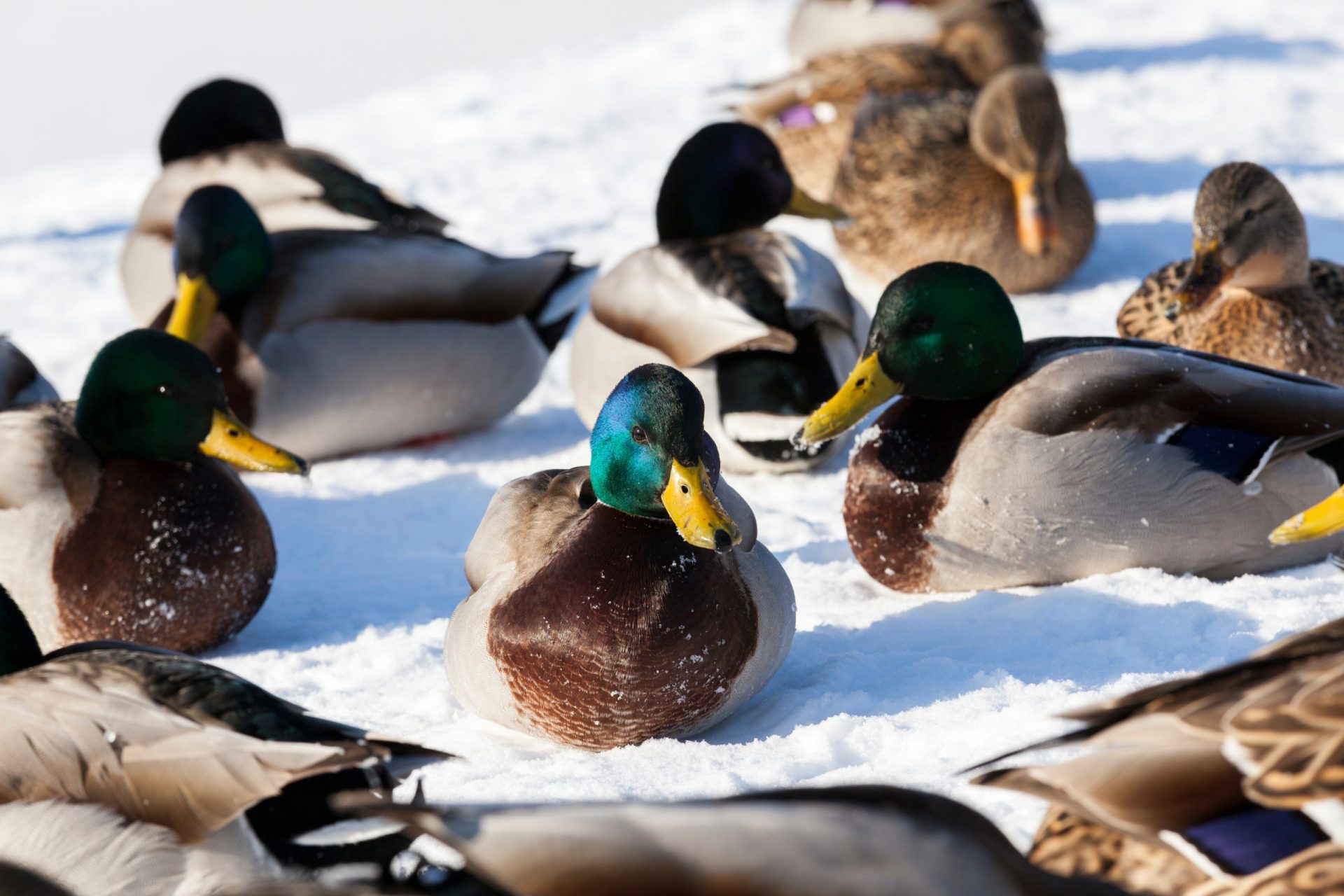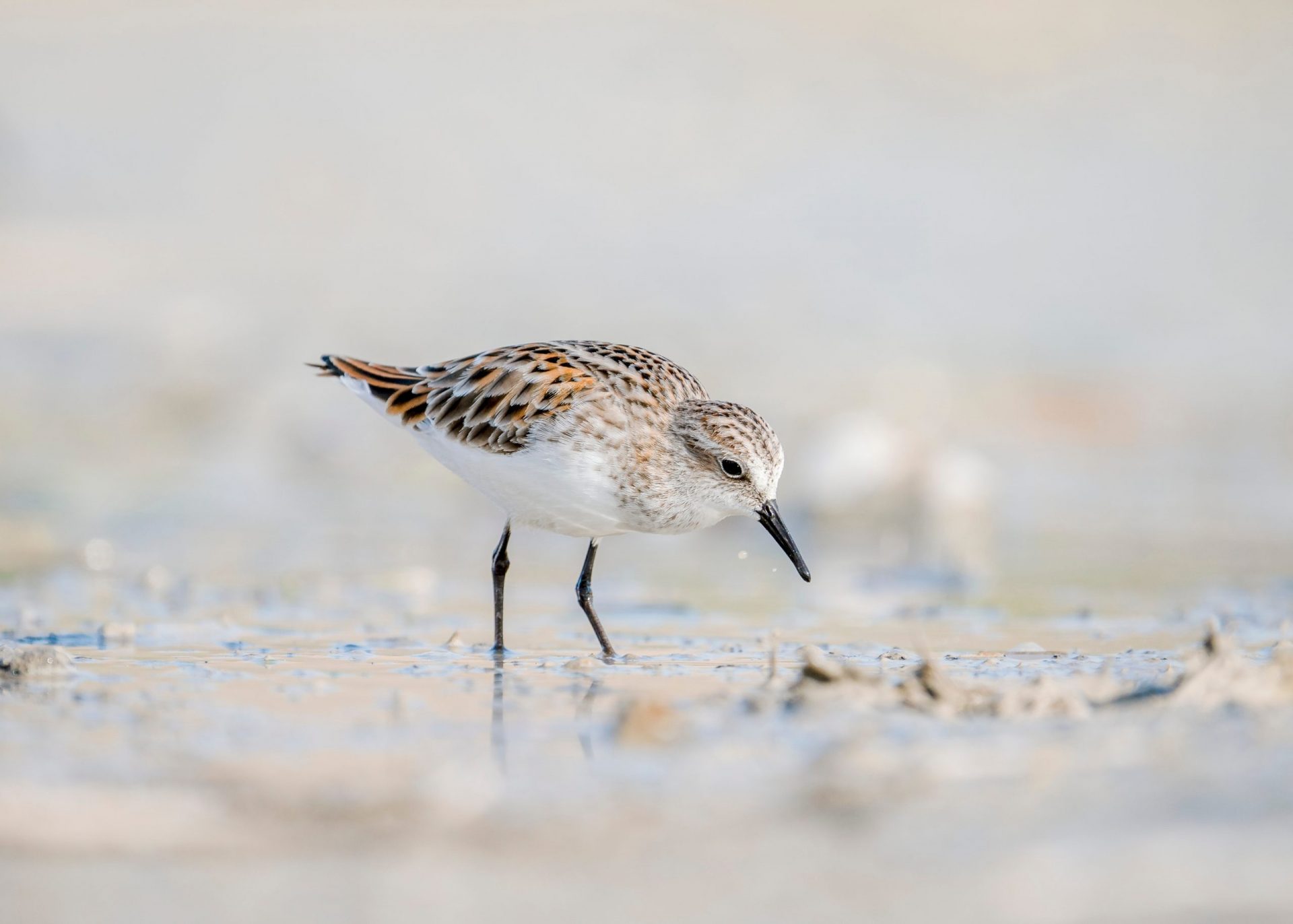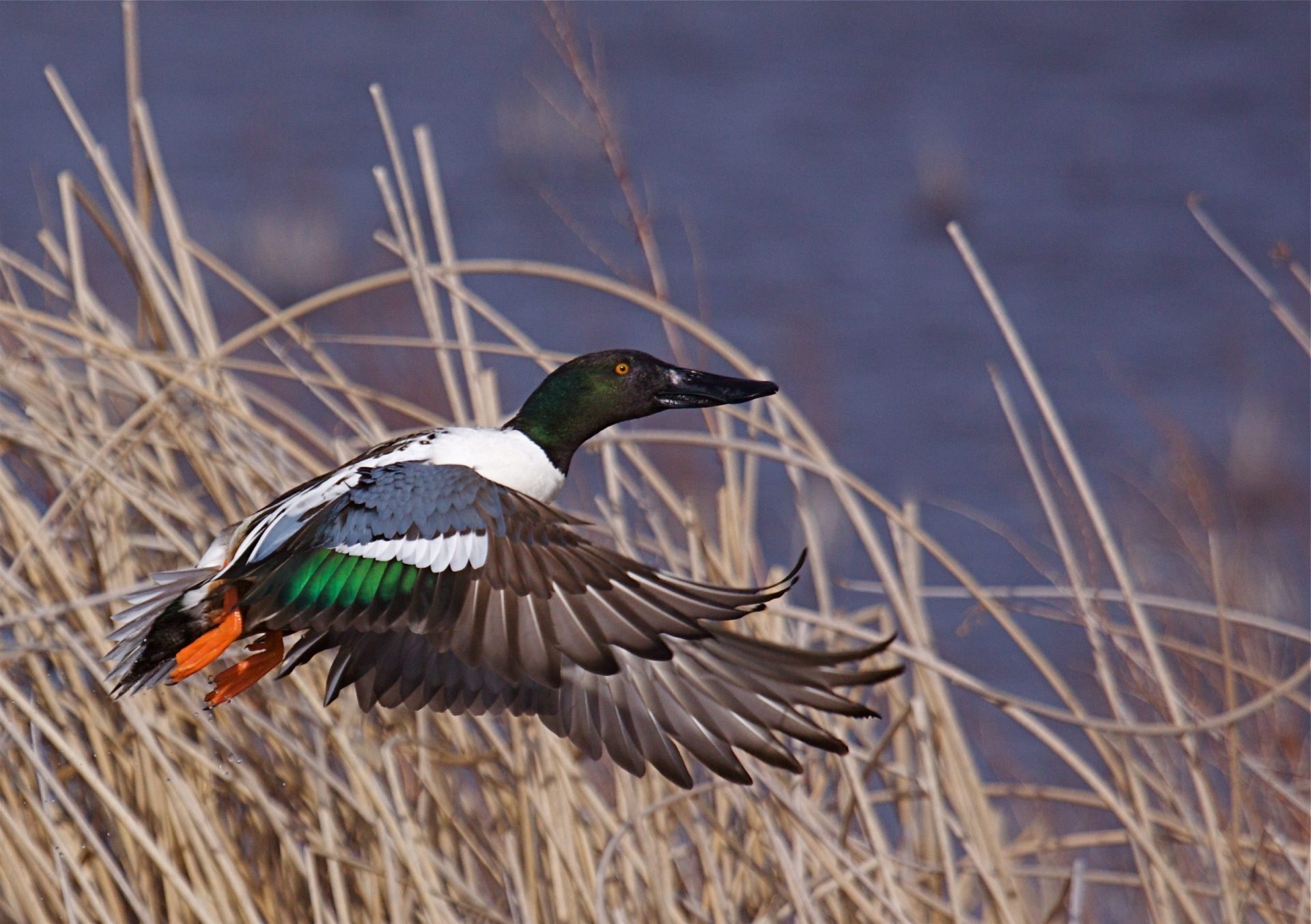Birds are known for their incredible ability to navigate long distances during migration, traveling thousands of miles each year to reach their breeding and feeding grounds. But how do they know when and where to go?
Changing of seasons
 As the days shorten and temperatures drop, many bird species begin to feel a biological urge to migrate. This is due to changes in their hormones, specifically the decrease in the hormone melatonin and an increase in the hormone prolactin. These hormonal changes signal to the birds that it is time to prepare for migration.
As the days shorten and temperatures drop, many bird species begin to feel a biological urge to migrate. This is due to changes in their hormones, specifically the decrease in the hormone melatonin and an increase in the hormone prolactin. These hormonal changes signal to the birds that it is time to prepare for migration.
Availability of food
Many bird species rely on specific food sources that are only available in certain regions during certain times of the year. For example, some species of geese and swans migrate to the Arctic tundra to breed during the summer when there is an abundance of freshwater and aquatic plants to eat.
Earth’s magnetic field
Birds have specialized cells in their beaks and eyes that can sense the magnetic field, allowing them to orient themselves and navigate in a specific direction. They also use the position of the sun, stars, and even the patterns of polarized light in the sky to navigate.
“Internal Compass”
This internal compass is based on the bird’s circadian rhythm, or internal clock, which is set by the daily patterns of light and dark. Birds can use this internal compass to orient themselves even on overcast days or during the night when they cannot see the sun or stars.
Birds also use landmarks such as coastlines, mountains, and rivers to navigate. They also have a good memory of the landscapes they have seen before. This helps them to recognize familiar areas and navigate to their destination.
“Map Sense”
In addition to these natural cues, birds also have a strong innate sense of direction. This innate sense, called “map sense” allows birds to navigate long distances, even when they have not been to their destination before.
One of the most interesting things about bird migration is the fact that different species of birds have different migration patterns. Some birds migrate short distances, while others travel thousands of miles. Some birds migrate alone, while others migrate in large flocks. Some birds migrate during the day, while others migrate at night.

The timing and route of migration can also vary from year to year depending on weather conditions and food availability. For example, a bird species may migrate earlier or later than usual if there is a particularly harsh winter or a late spring.
In conclusion, birds have an incredible ability to navigate long distances during migration. They use a combination of cues such as the changing of seasons, food availability, the Earth’s magnetic field, and landmarks, as well as an innate sense of direction, to know when and where to go.

Their ability to migrate is a combination of both nature and nurture, a product of both their biology and their experiences. Understanding the mechanisms that govern bird migration is essential for conservation and management of bird populations, as well as for understanding the complex interactions between birds and their environment.
Love birds? Check out MyStart’s Bird theme under Impressive Nature.
Install MyStart Theme for Google Chrome











